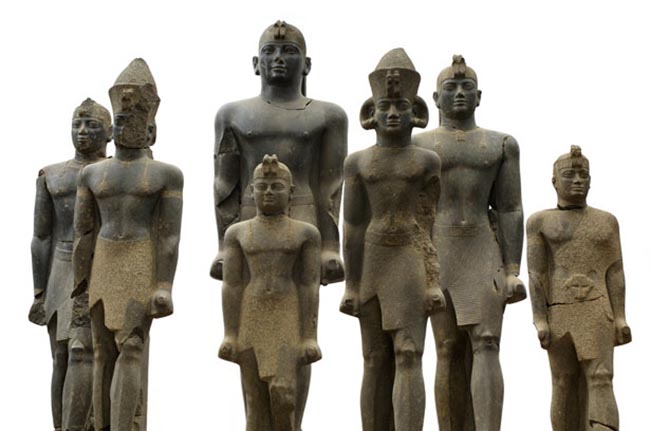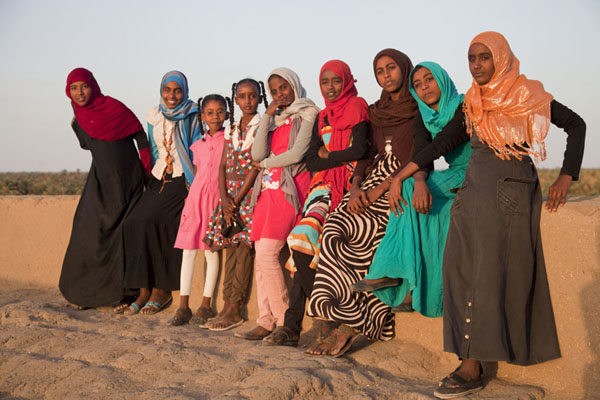You are confusing Nubians with Kushites.
The kings of Kush were dark reddish-brown, marin, not black like the Nubians. Their closest modern relatives are the Beja, who are recognized as Cushitic.
https://images.search.yahoo.com/yhs/search?p=statues+of+the+kinks+of+Kush&fr=yhs-iba-1&hspart=iba&hsimp=yhs-1&imgurl=http://www.crystalinks.com/pharaohskush.jpg#id=6&iurl=http://www.crystalinks.com/pharaohskush.jpg&action=click

The kings of Kush. Do these folks look negroid to you?
http://www.ancientsudan.org/
The Kushites are the ancestors of the people of North Sudan today. The people of Kush practiced agriculture along the Nile Valley building one of the very early world civilizations. According to the Biblical Table of Nations, the Kushites are the descendants of Ham, the son of Noah. According to the classification system in linguistics, the modern Nubian language is defined as a Nilo-Saharan language, though other studies classify it as Afro-Asiatic.
After the intensified migration of Arab populations into Sudan, starting from the fourteenth century CE, many Arab tribes settled and intermarried with the local population. As most of the immigrants were men, and since Arabs follow a patreliniar tradition (i.e. the children take the identity of their fathers), a majority of Sudanese today define themselves as Arabs.
Groups of nomads, closely related to the Kushites, have inhabited the eastern and western deserts relieng on subsistent agriculture. Th nomads of the east were known to the Kushites as "Meded", to the Egyptians as "Medjay", to the Arabs as "Beja," and to the Romans as "Blemmyes." Since ancient times, the inhabitants of the western deserts have practiced pastoralism, side by side with the Libyans.
Intermarriages with other foreigners took place at different times and in other parts of Sudan, which caused the Kushite identity to disappear and the Nubian identity to wither greatly. For example, in Western Sudan, some of the indigenous nomads, who inhabited those regions since ancient times, had intermixed with West- African immigrants, as well as with Arab settlers. A minority of Sudanese today along the Nile still identify as Nubians.
Today, the language and culture of the bulk of Sudanese people is obviously an Arabic one. Yet, the physical features and genetics of today's Sudanese population proved to be mainly native. The Anthropological studies of mummies from ancient Sudan and the sharp and clear colored drawings of people found inside Kushite burials that go back as far as 3000 years, prove that the ancient people of Kush looked typically like the modern people of North Sudan with their dark-red complexion and curly or wavy hair.
North Sudanese:


Beja:

the guy is a confused dude he was arguing about how Somalis
where arabised in my thread of arabs are the enemy to our identity
sudanese are do doubt part of the cushite peoples of north east africa closely related
to thier horn cushites
and btw i heard youre a white european dude
thats fascinating tell me about youreself grant
